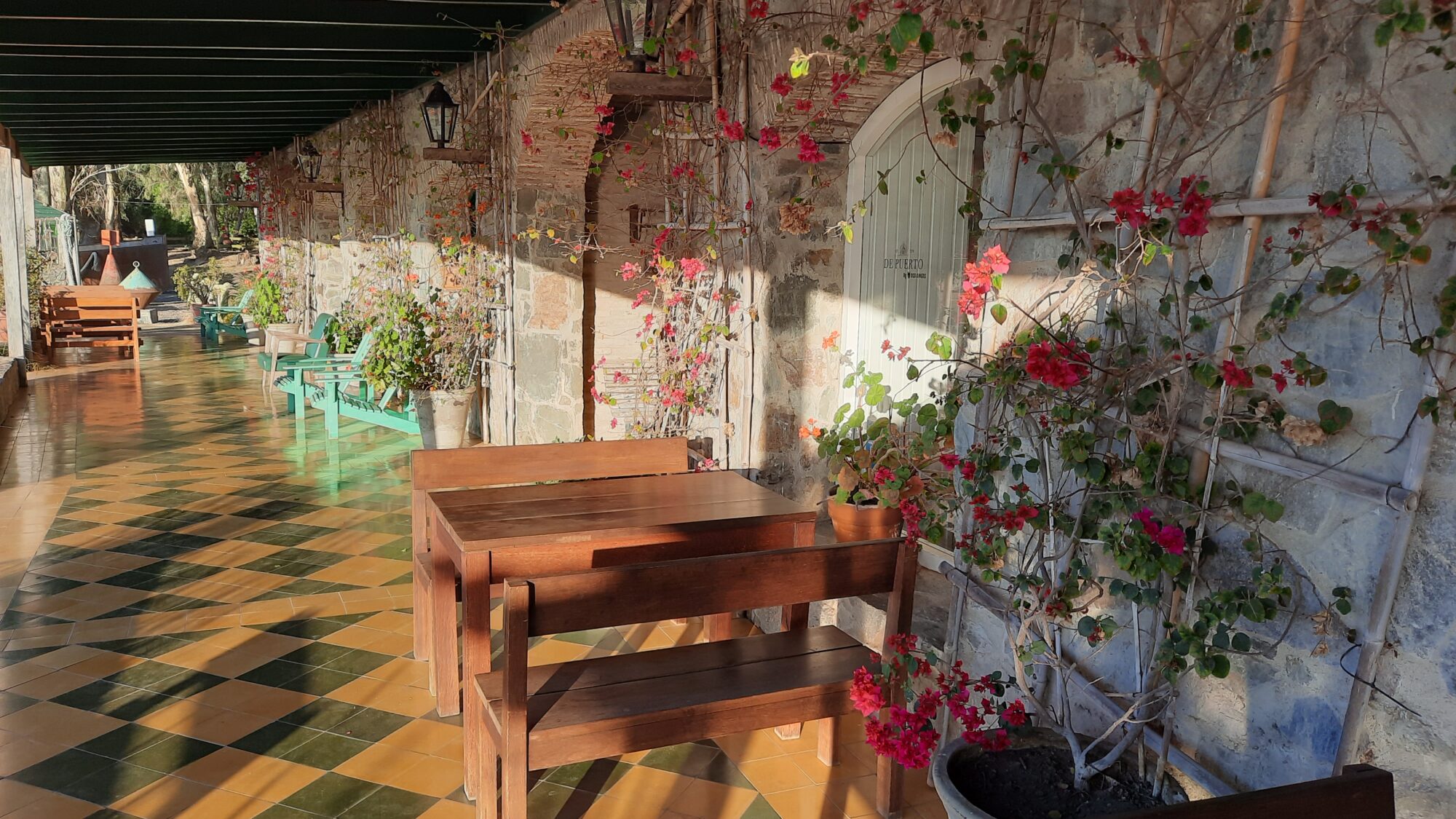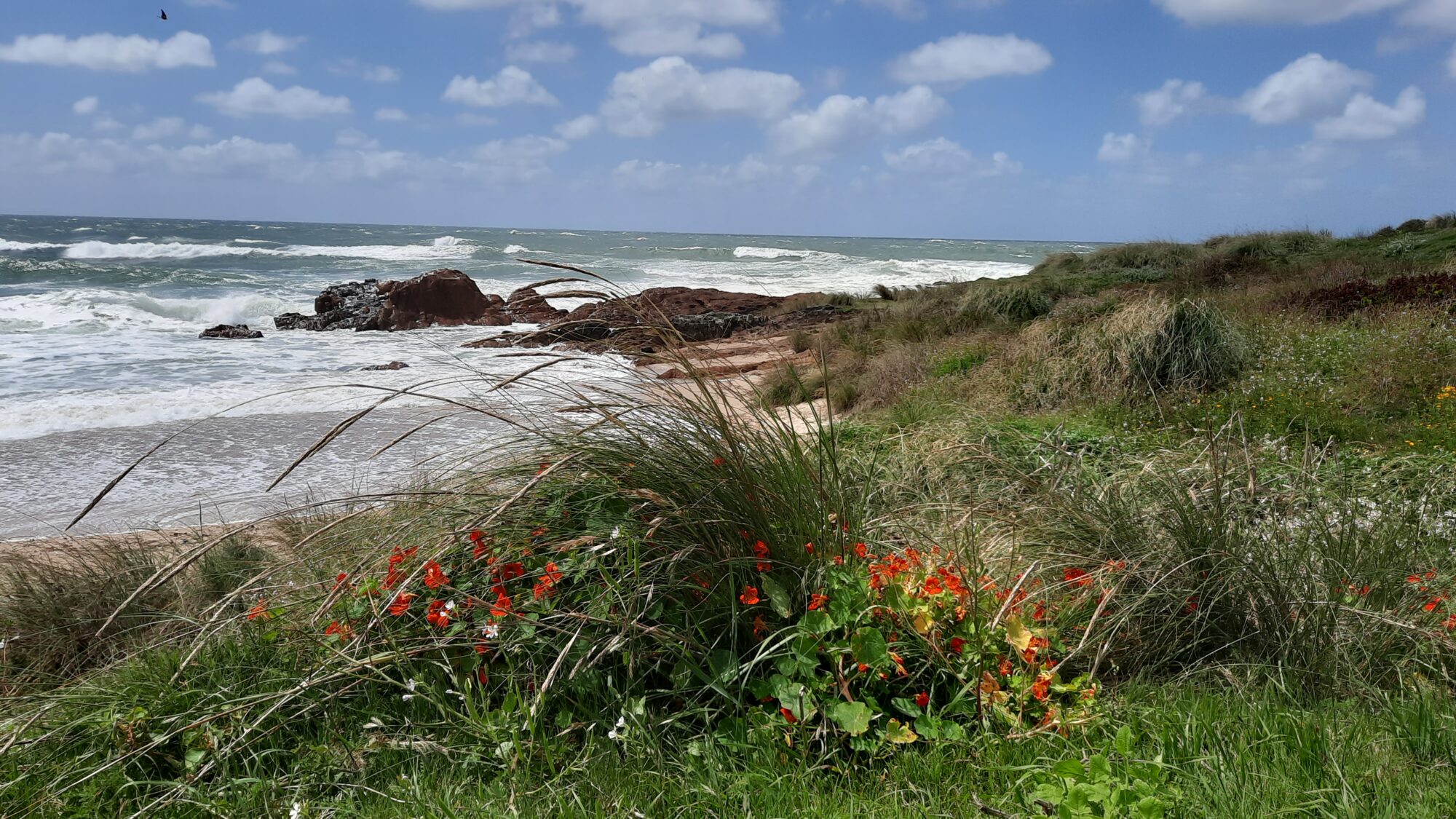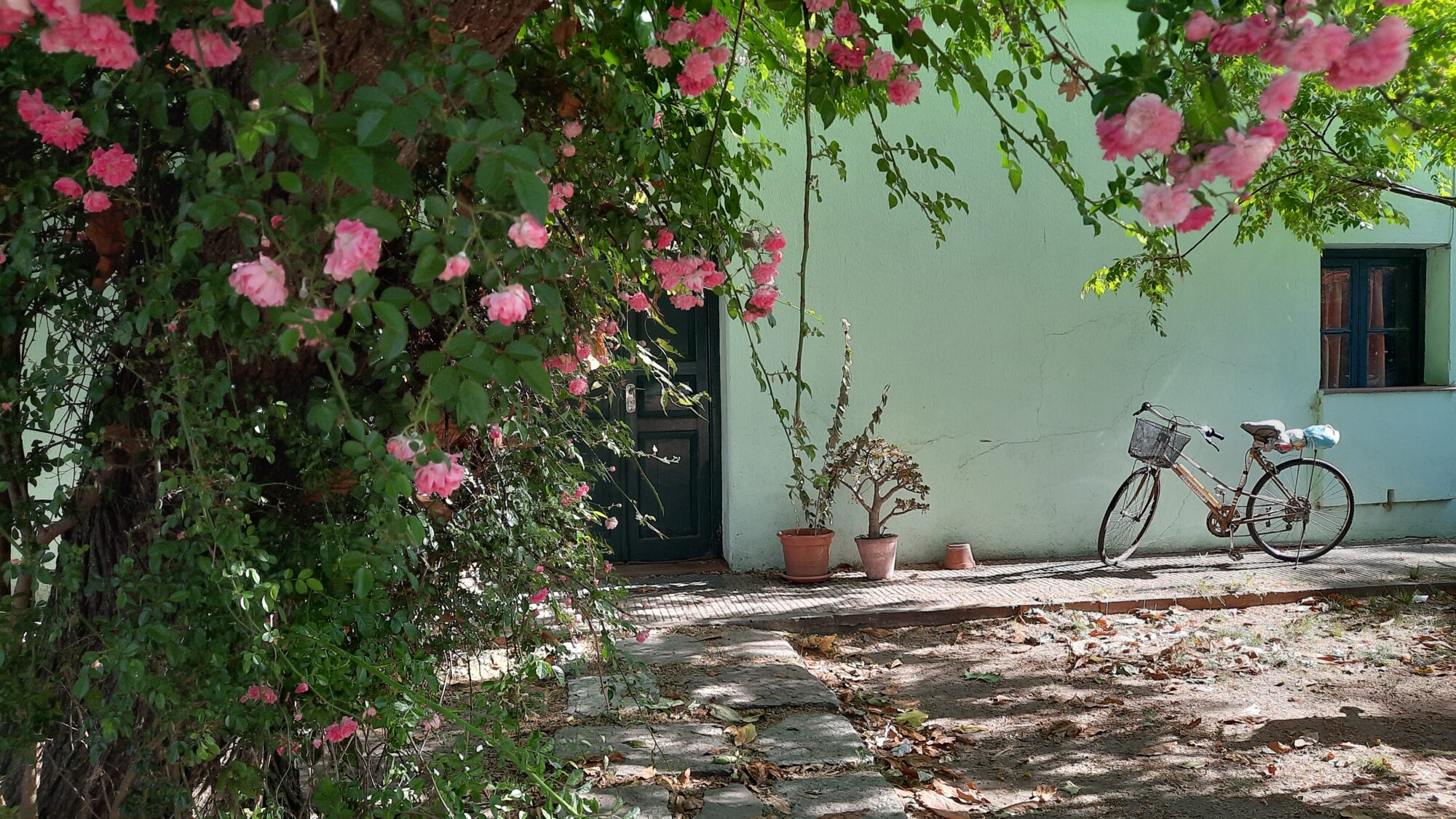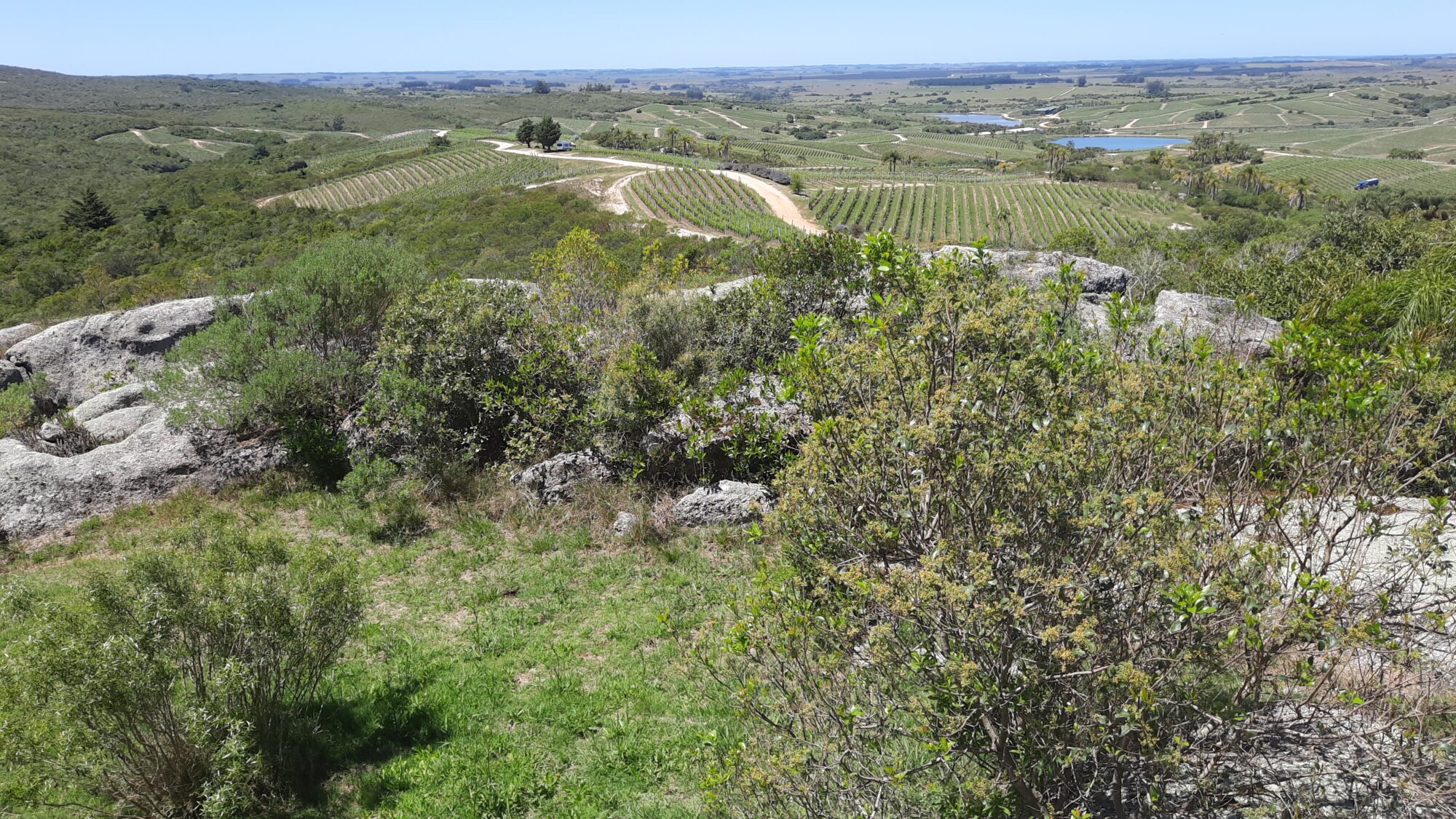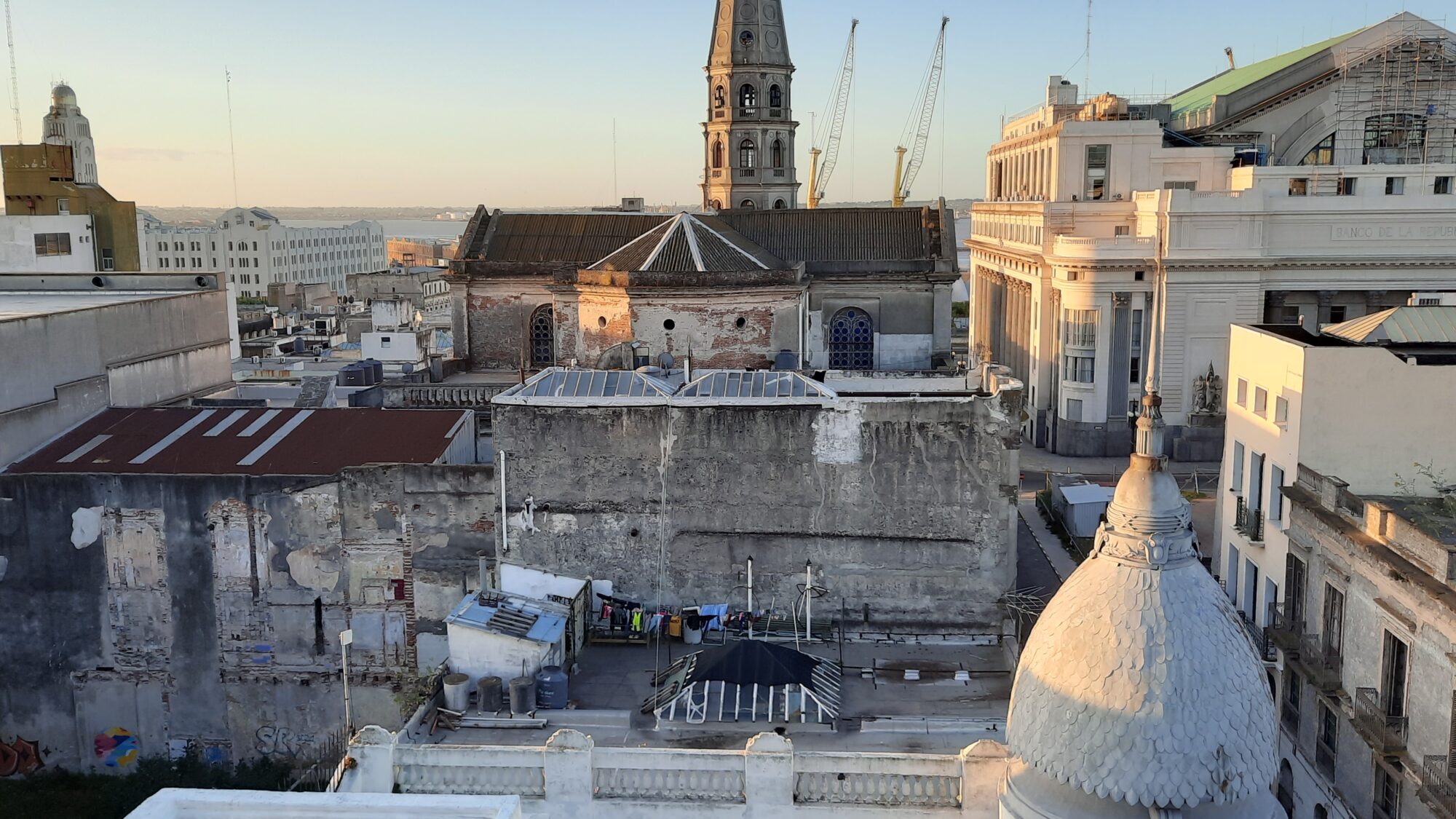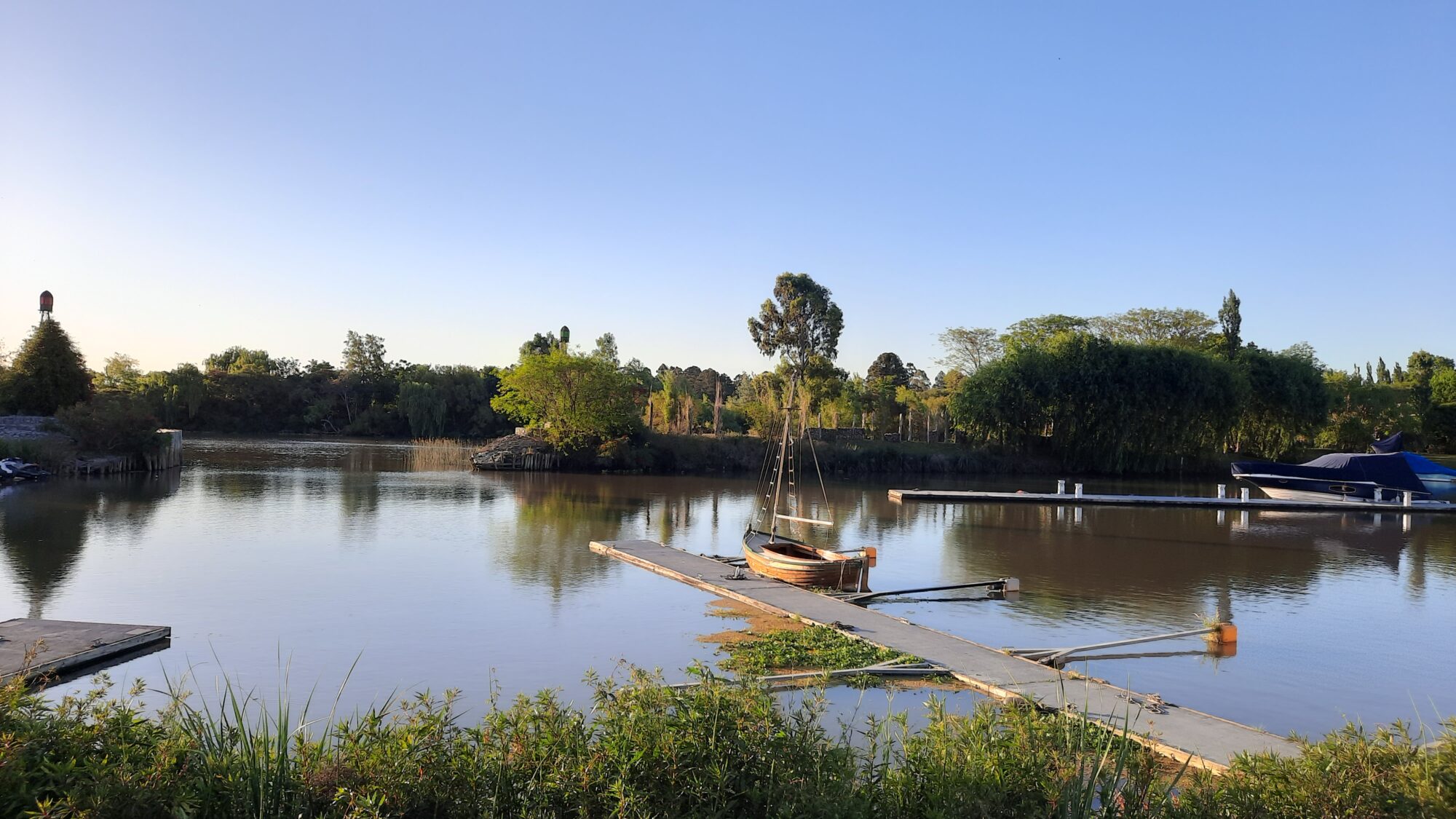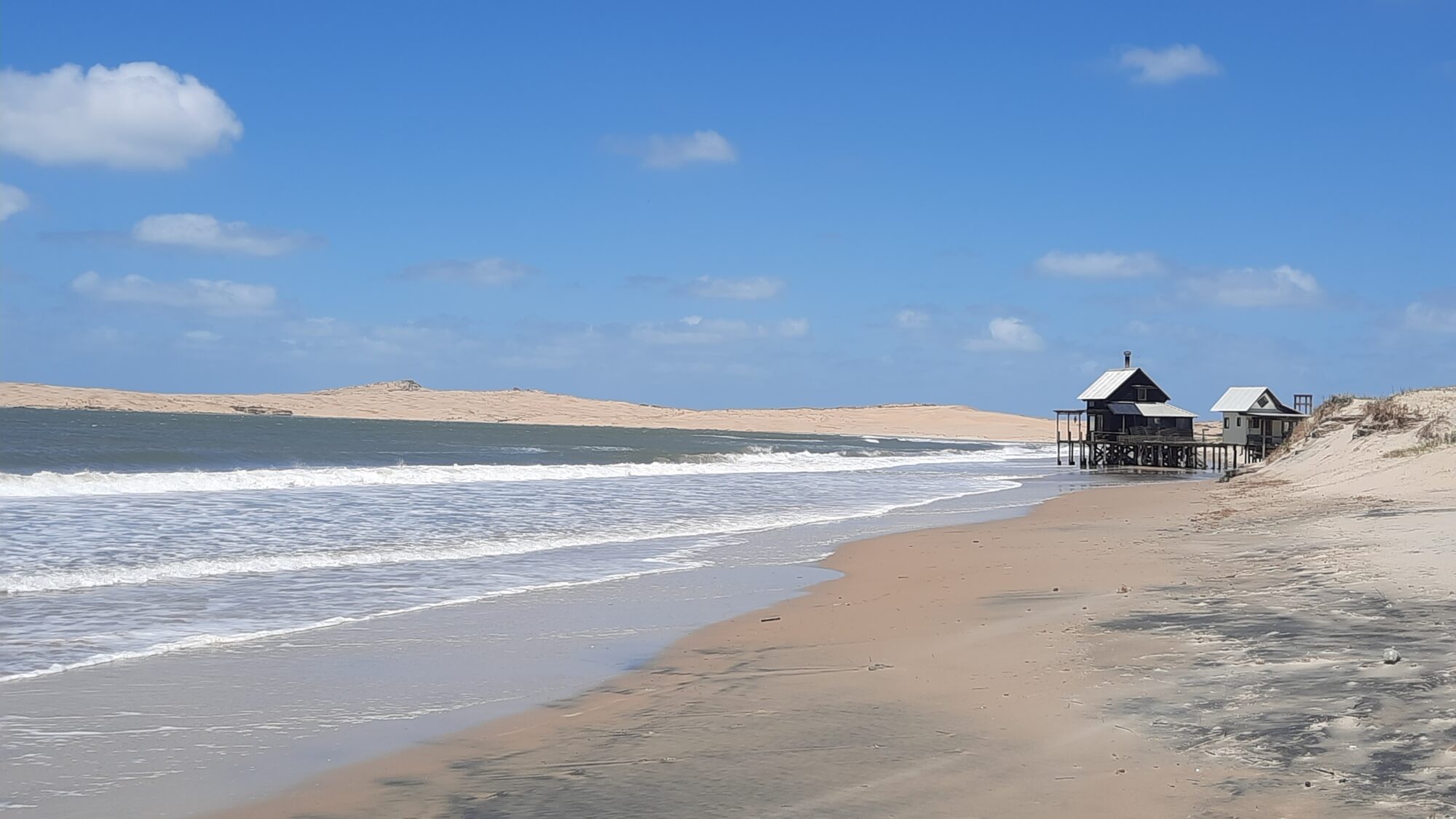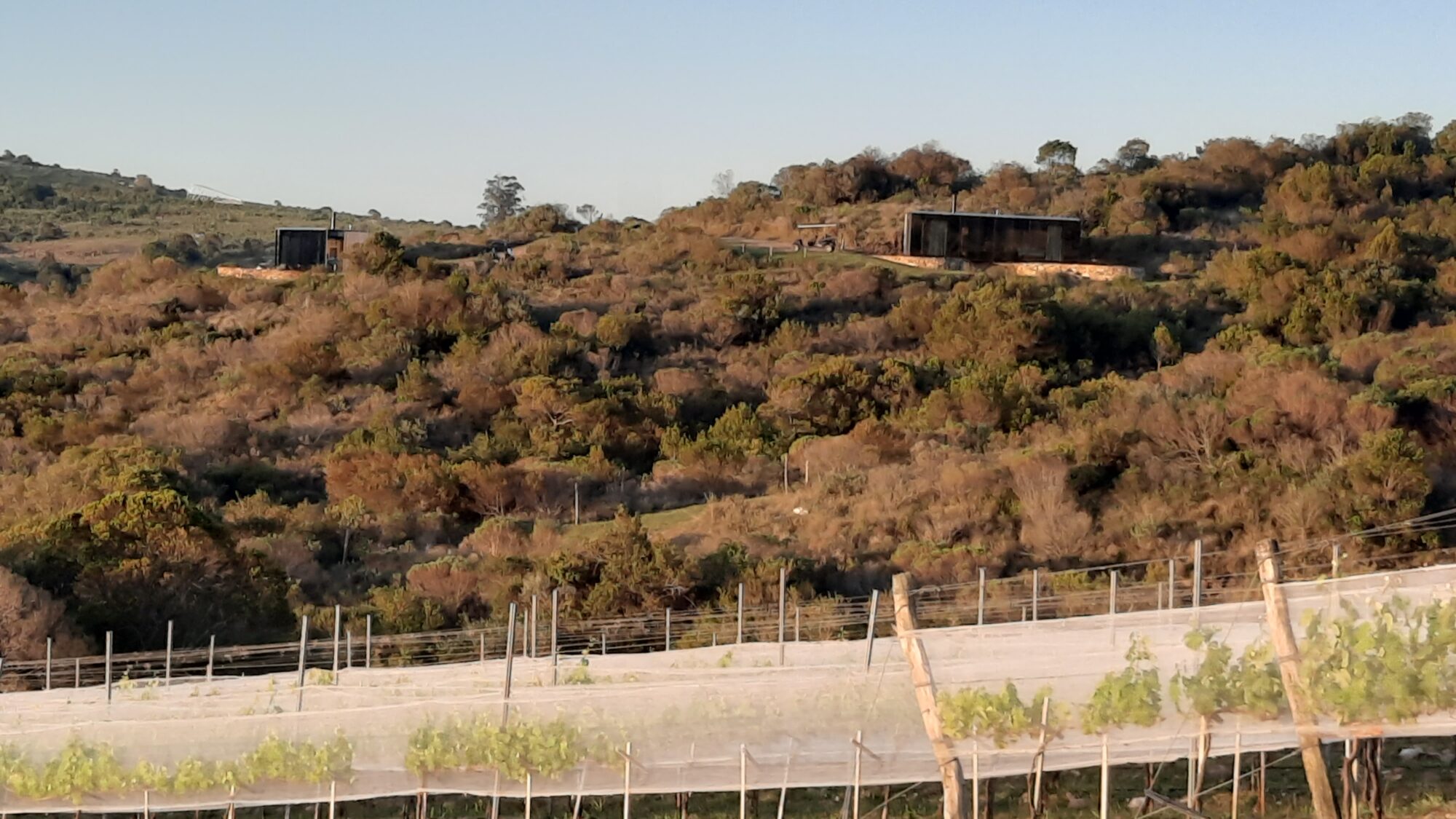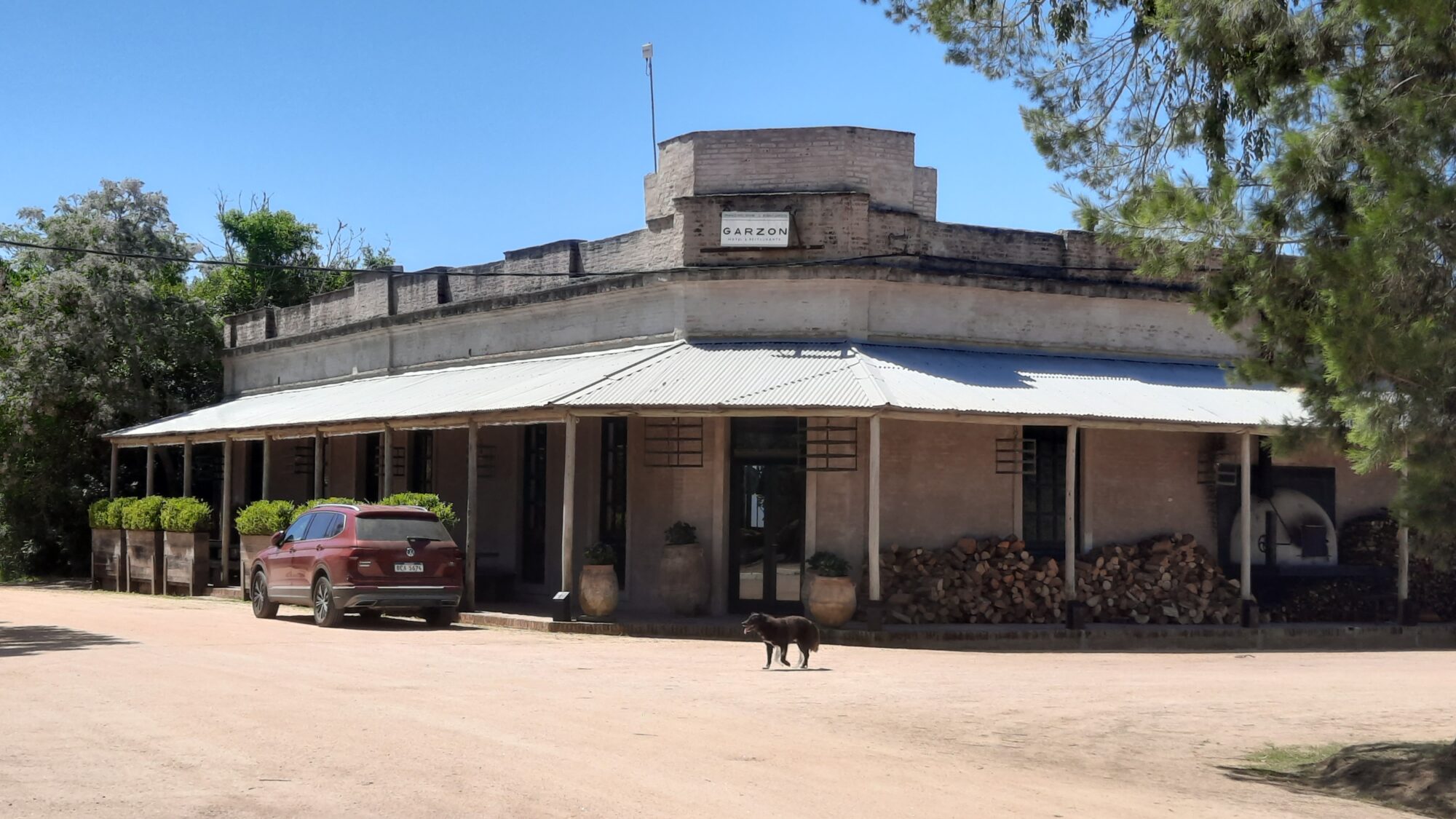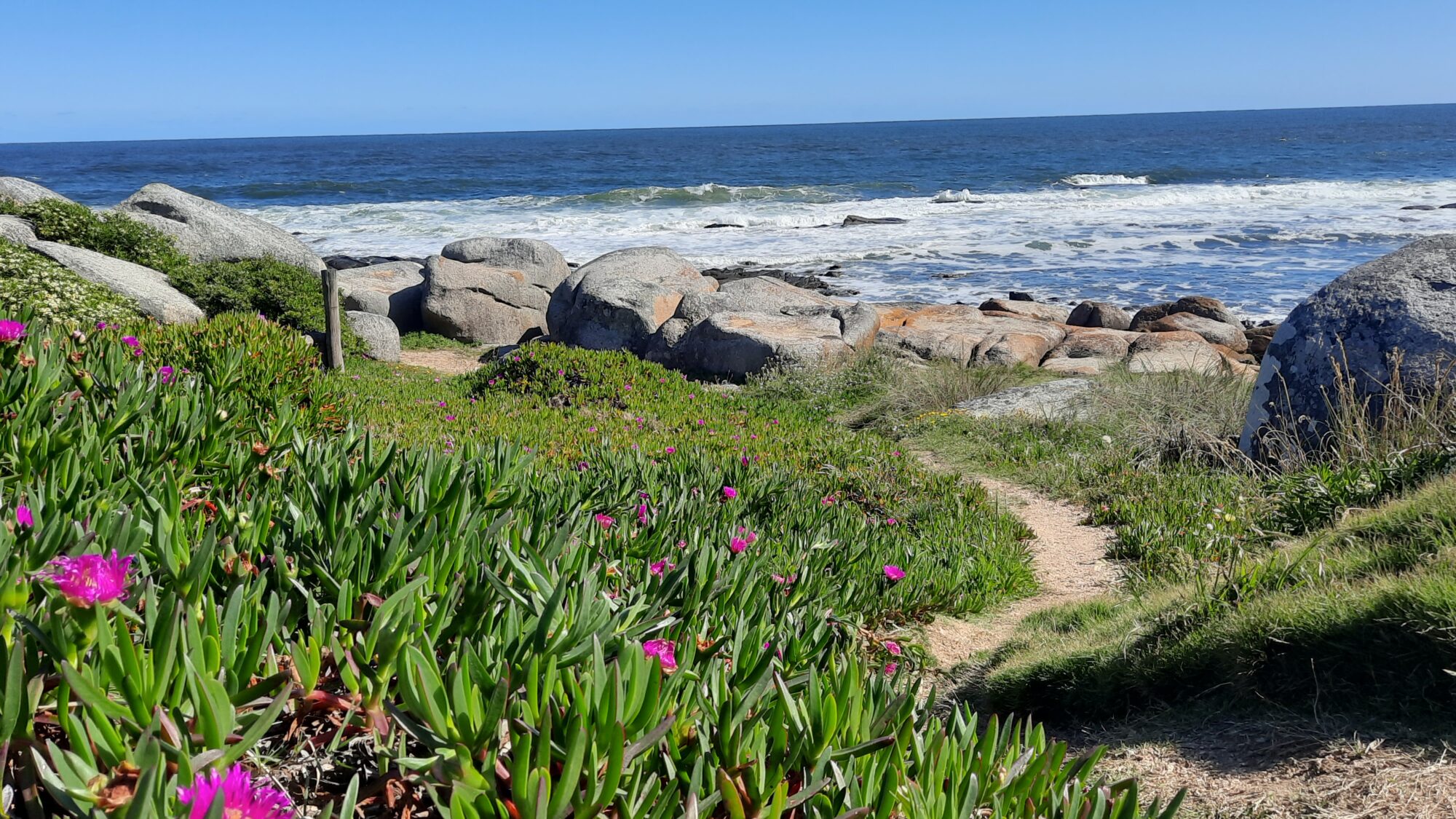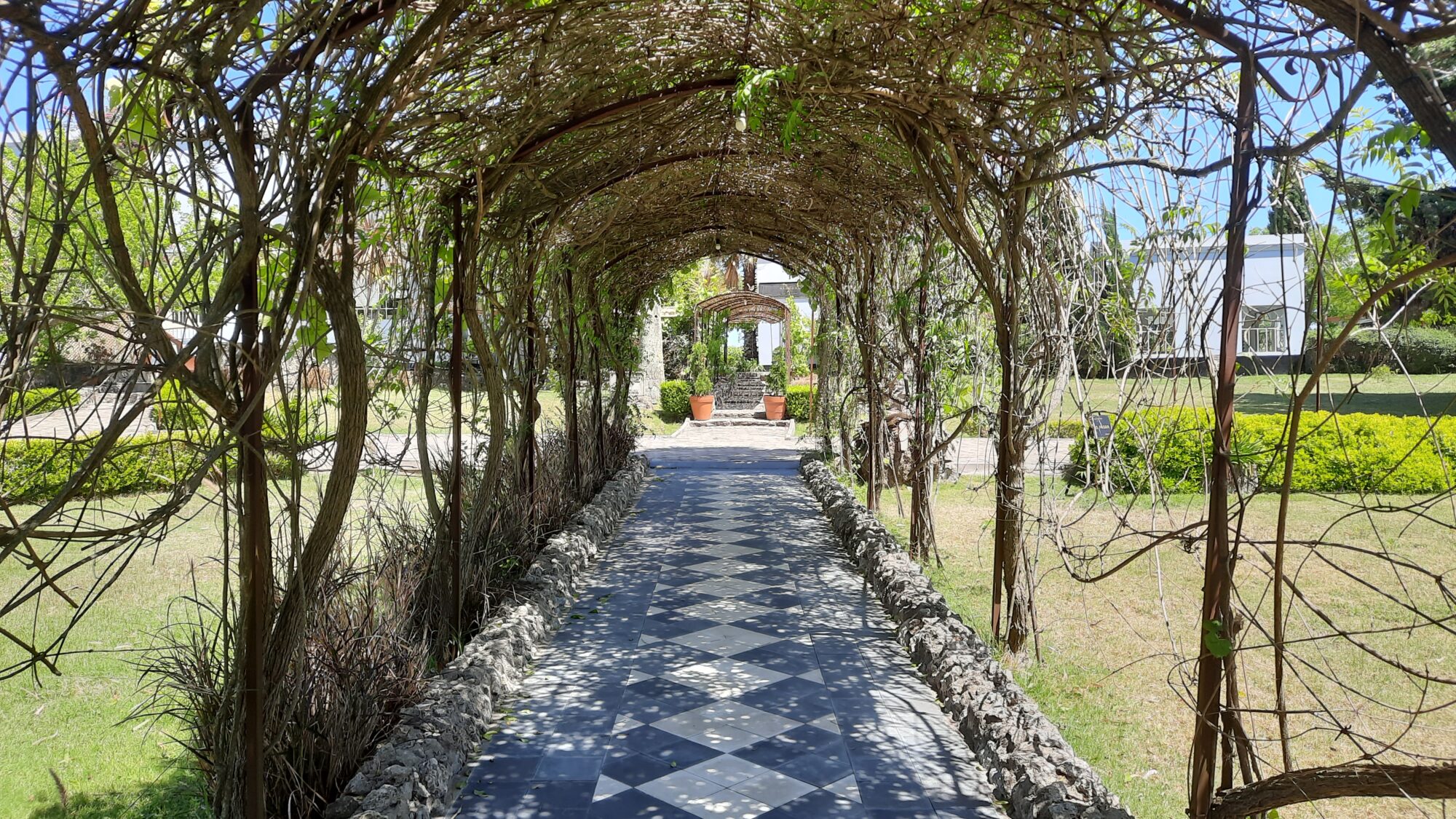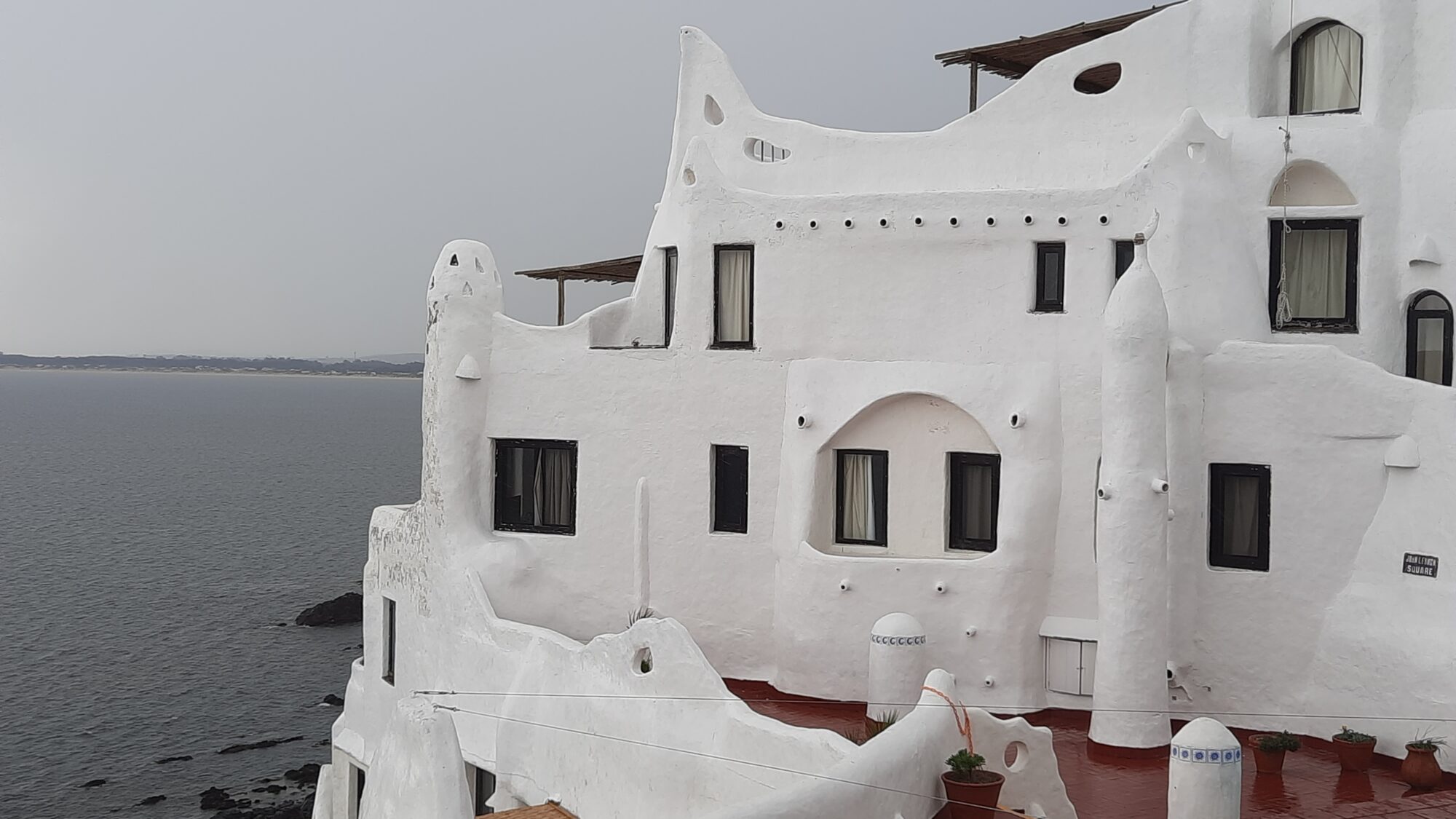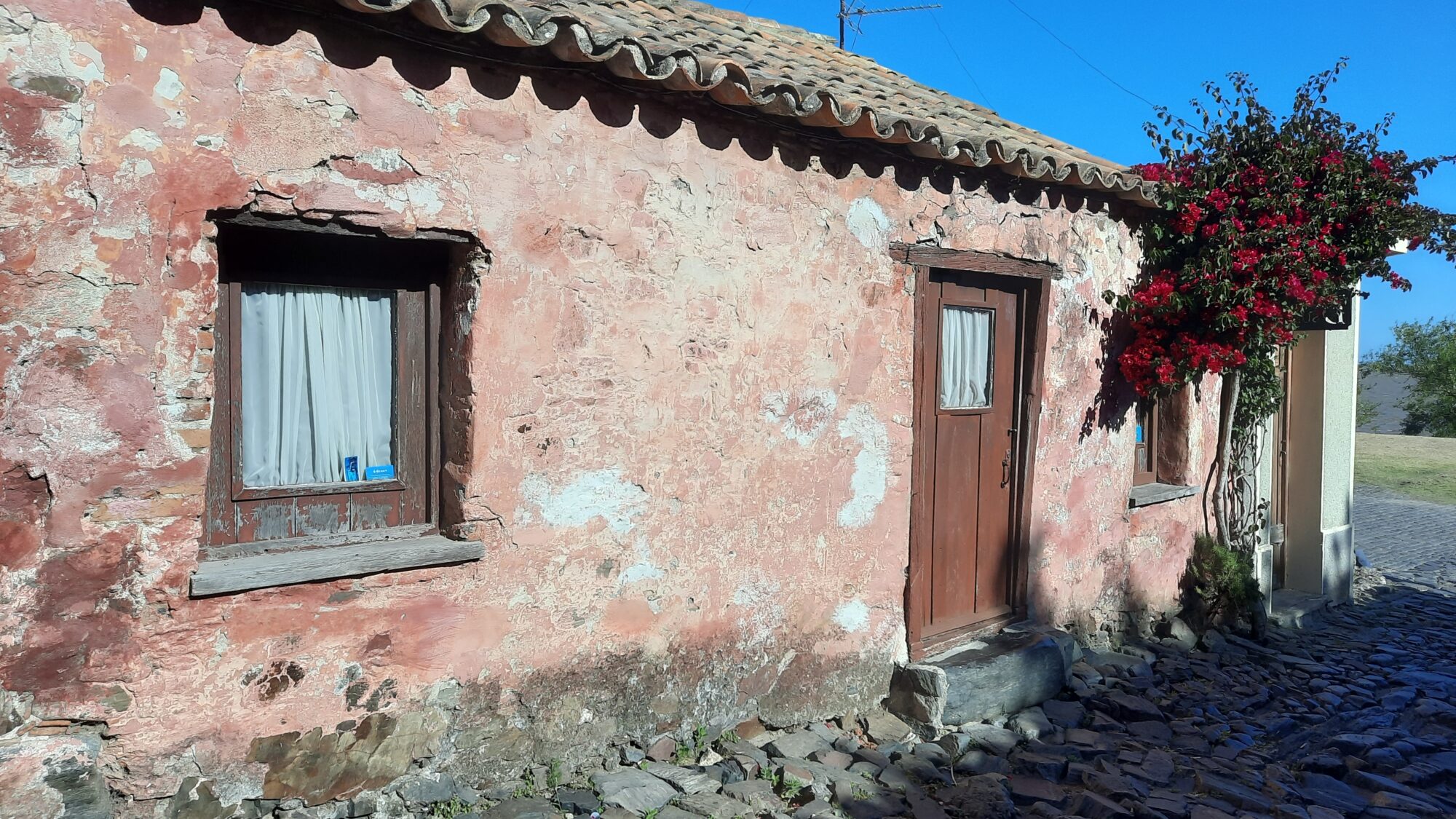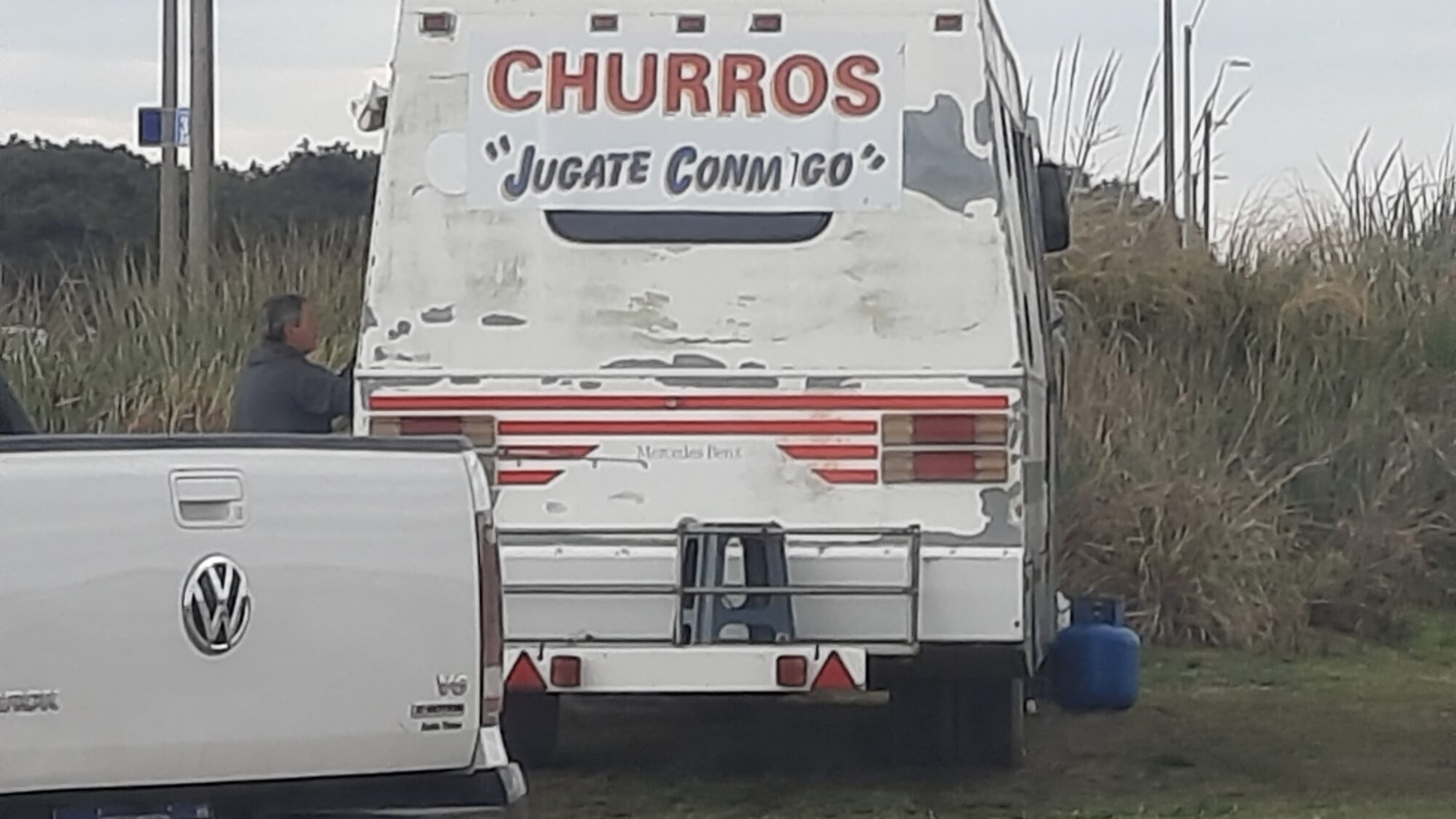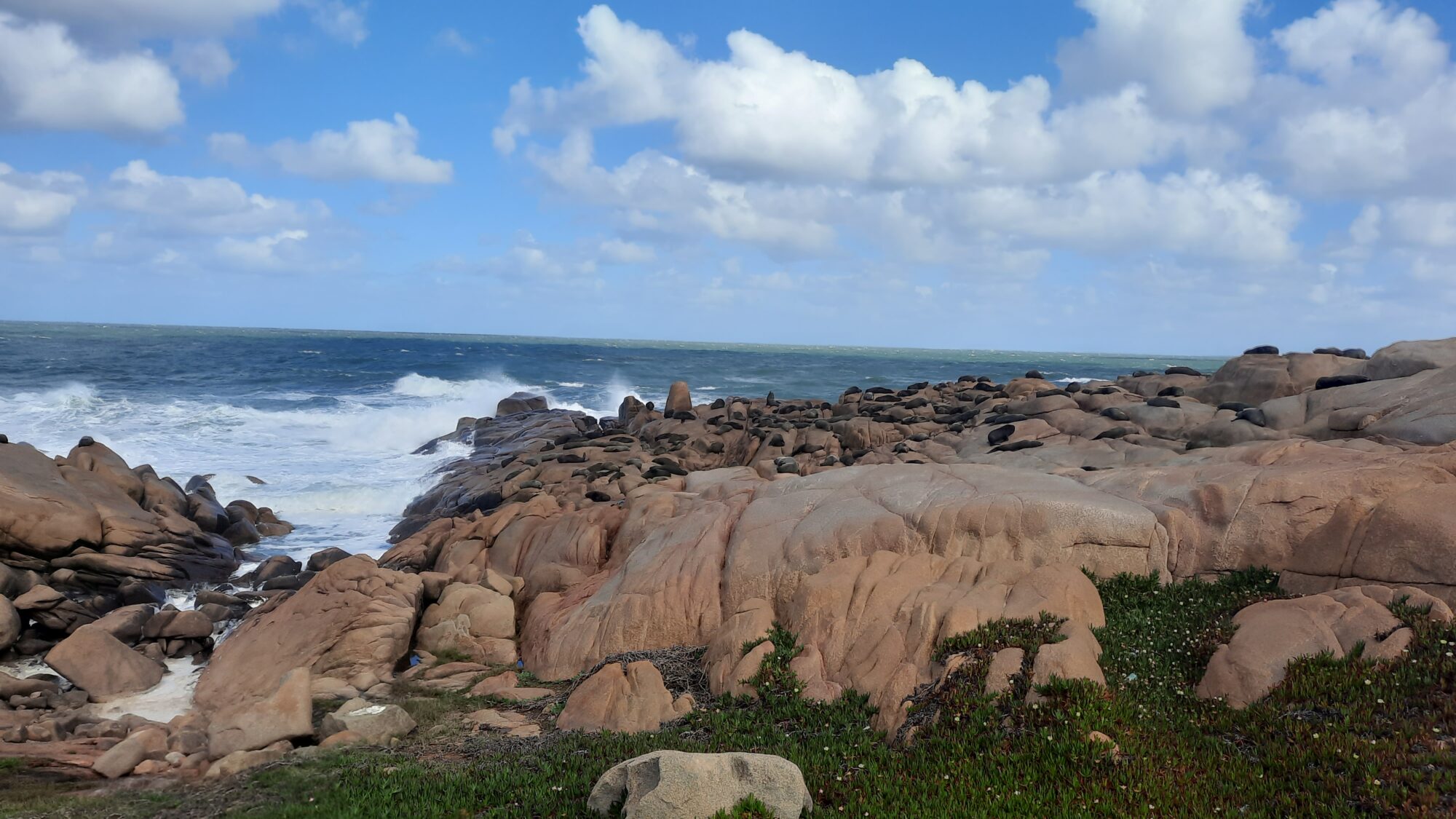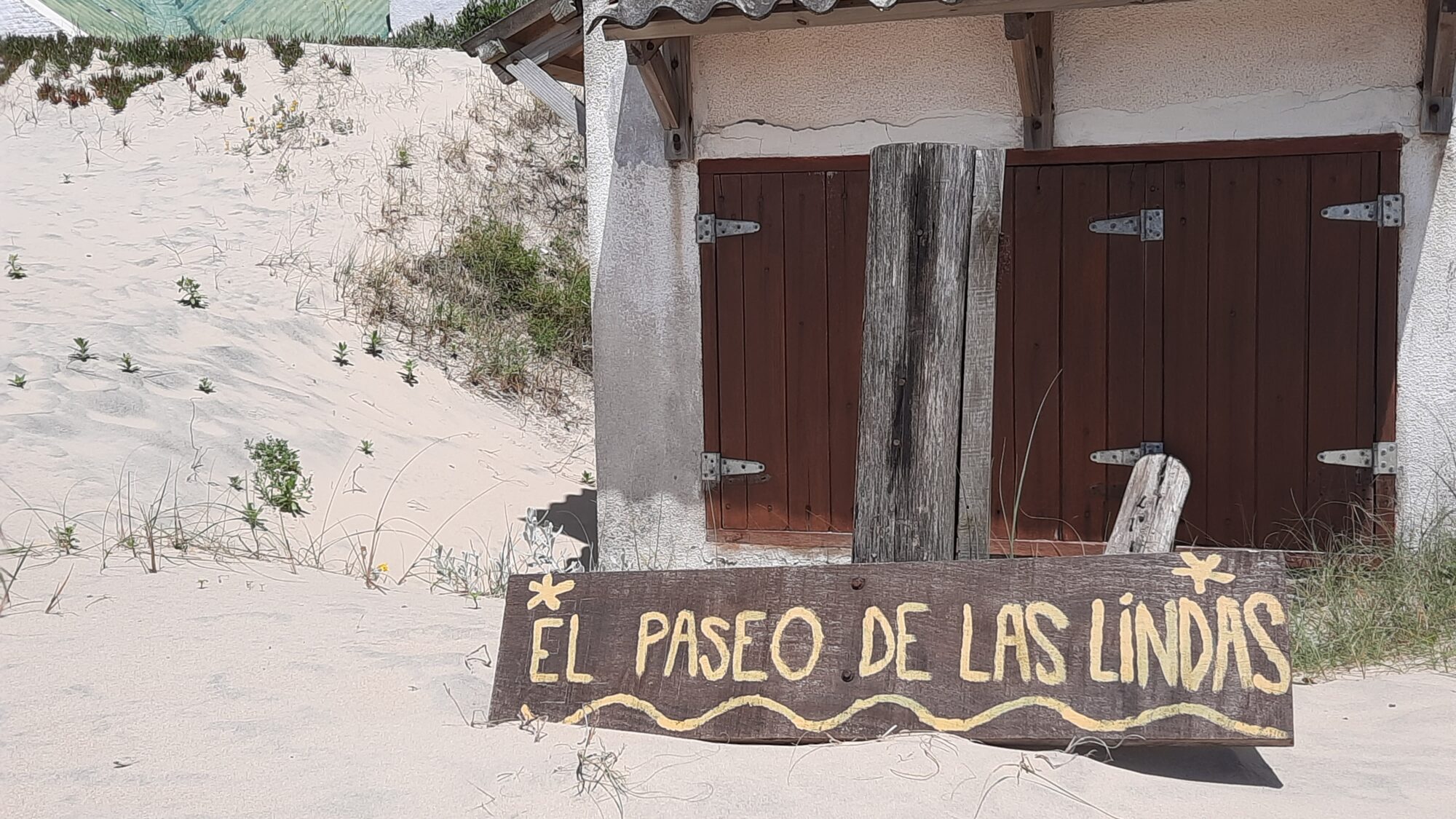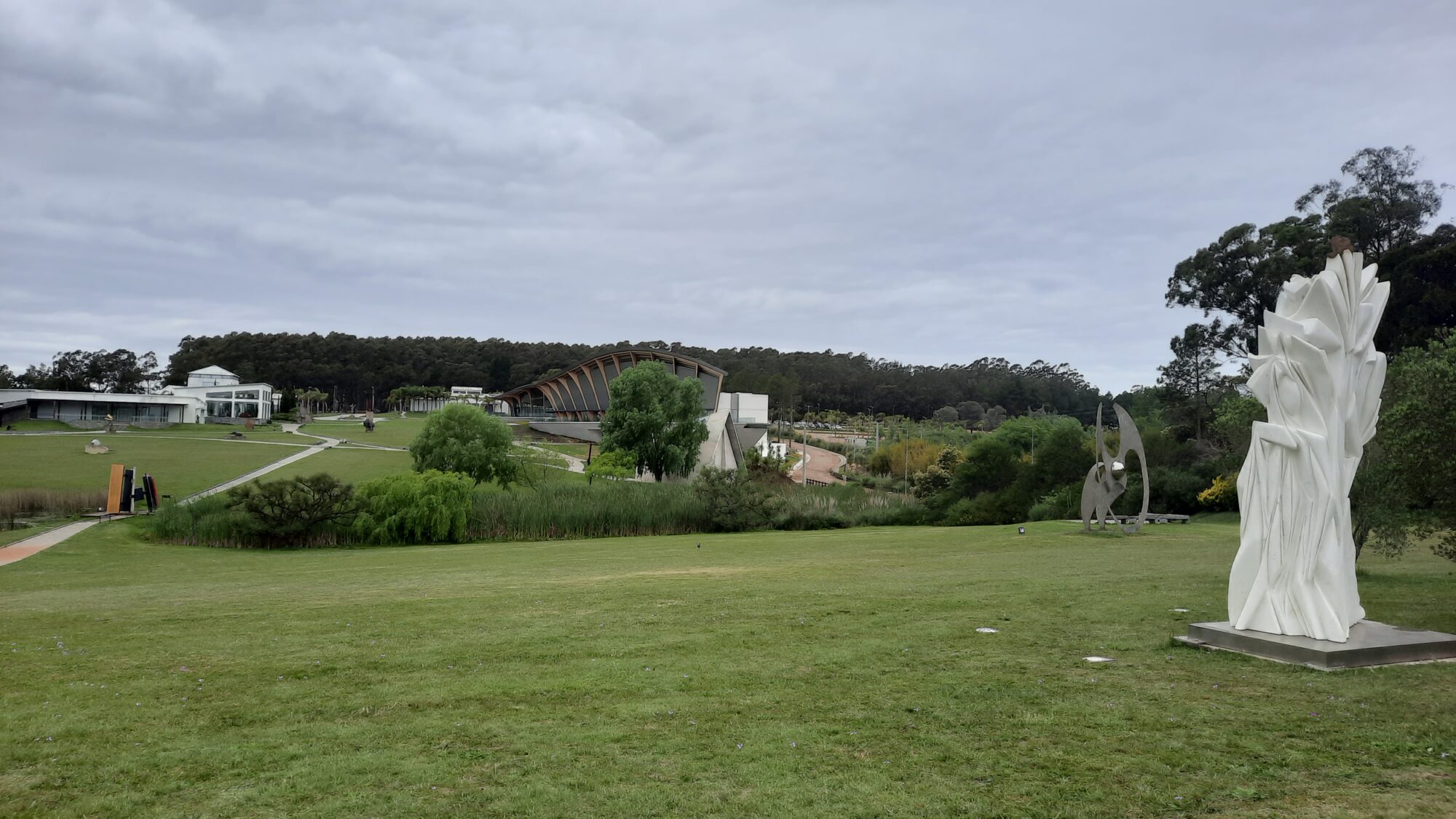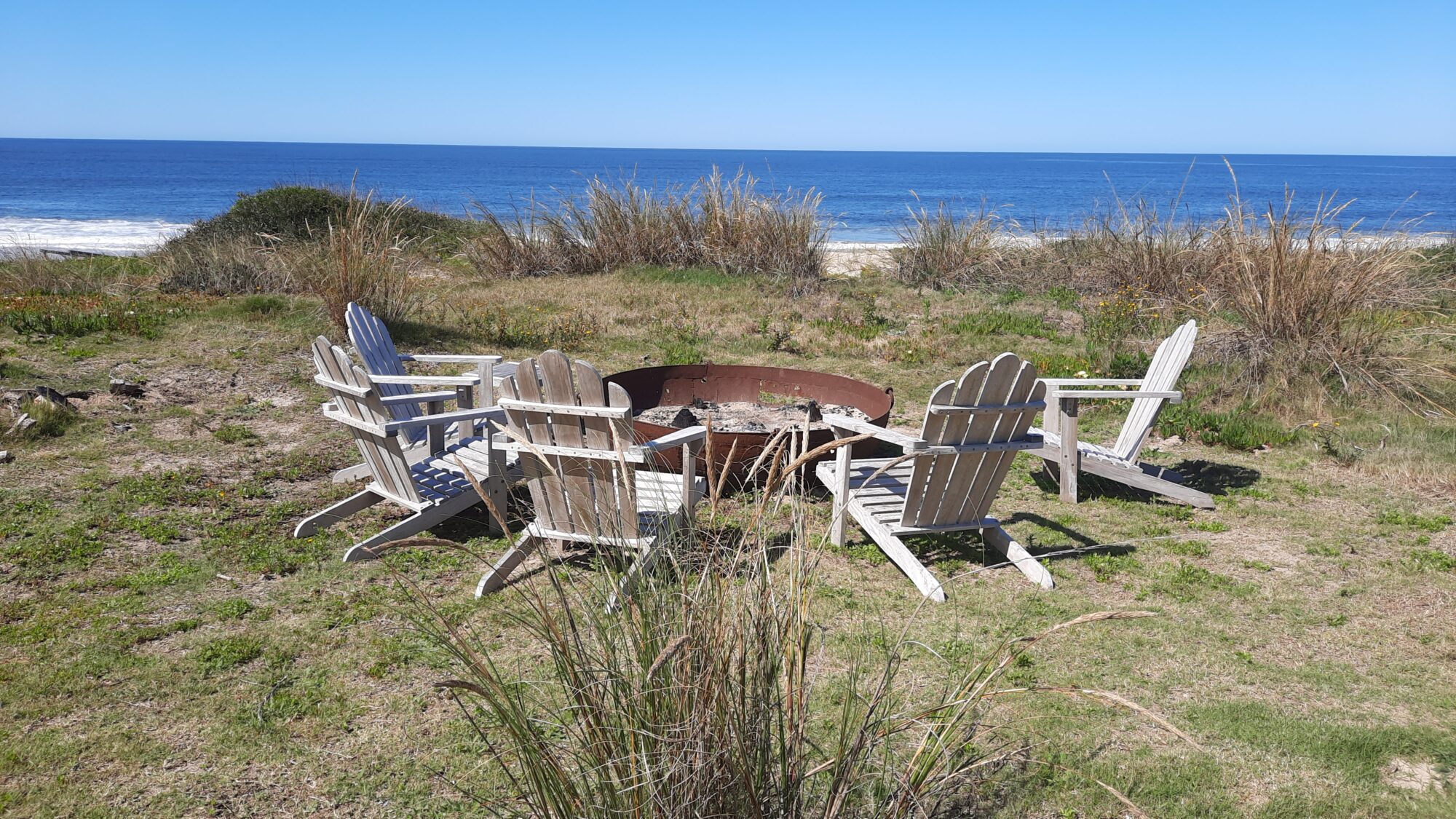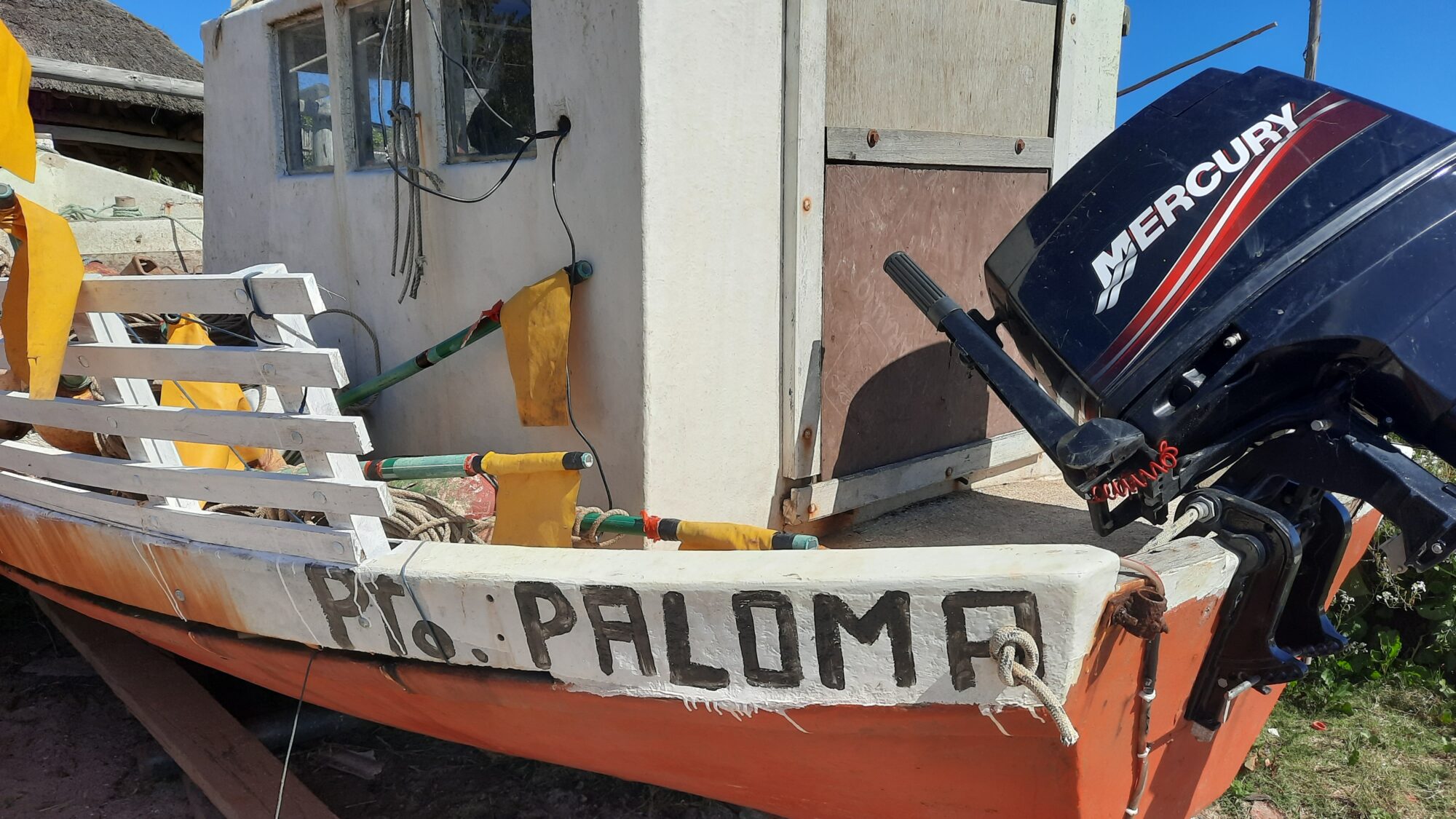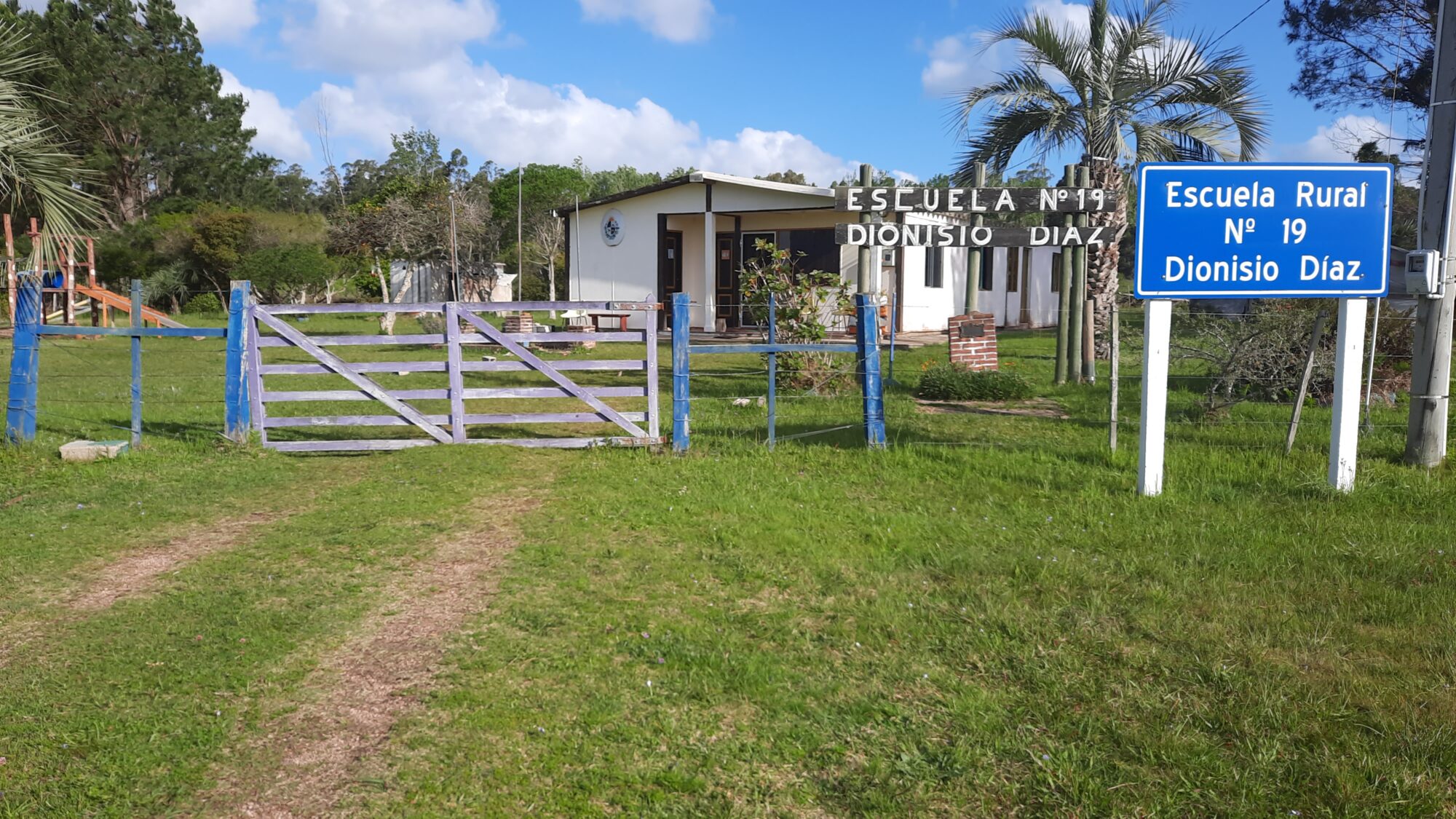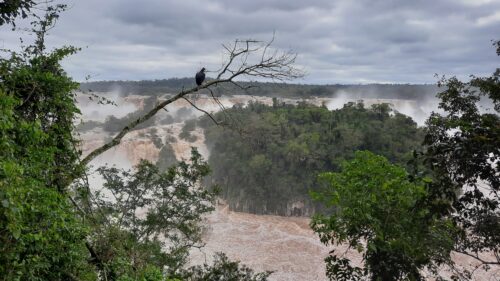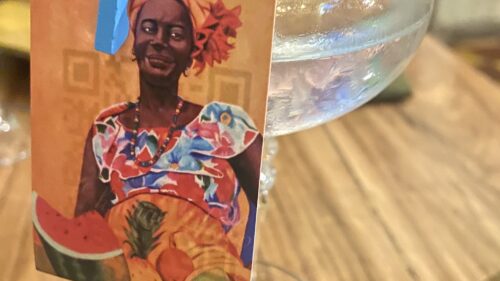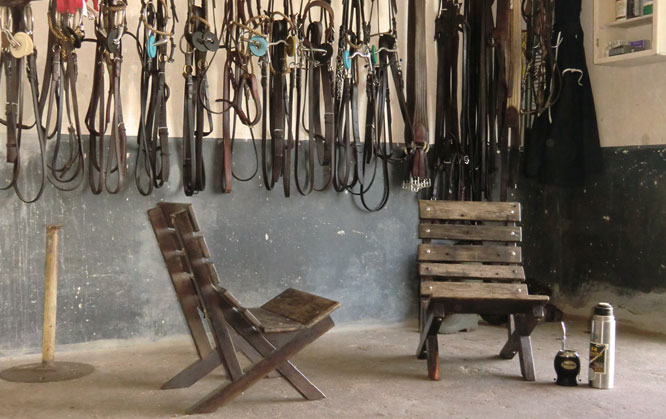Take a Seat: Uruguay’s splendid table
Uruguay is of wood and marble, of grain and sheen; where rural charm sits at the table next to aristocracy and both happily have sand between their toes or dirt under the nail from the outdoor explorations of the day. Olive orchards, hillside wineries, cattle ranches and small fishing boats all populate this tiny pear-shaped country of South America where most destinations can be reached in half a day’s drive from any given point – the Atlantic Coast and small oceanside towns like Jose Ignacio, the Plata River, the breadbasket agricultural region surrounding Colonia del Sacramento and Carmelo or its craggy interior. And there’s usually time for a delightful lunch en route.
We don’t often hear about Uruguay in the international news and most Uruguayans are happy to keep it that way – for decades it has quietly been home to one of South America’s most stable economies and political frameworks. “No pasa nada en Uruguay”, locals tend to joke about their homeland – ‘nothing happens here’. Of course, there’s no undue need to call attention; however, there are so many remarkable things an Uruguayan could brag about if they wanted to shake off some humility.
One could say that Uruguay is an edible destination with options galore and juxtaposed; you can walk barefoot from the beach into an establishment for fresh seafood and local wines, or book a table at the restaurant of one of Latin America’s most renowned chefs – a culinary gem found in a tiny rural village that’s yet to see pavement on its streets. It’s also an extraordinarily walkable place with a bucolic countryside that blends into estuaries and brackish lagoons, culminating with an orchestral display of birdlife from both land and shore at the Atlantic.
Beyond bipedal, Uruguay is navigable in every way; those brackish waters are for fishing and also for windsurfing and paddling. Sail or surf the ocean, cross the Plata River from Colonia del Sacramento or Montevideo and you may well think you’re ferrying on the Atlantic itself before landing in cosmopolitan Buenos Aires, Argentina’s capital. And what of alternative modes of transportation by land? Well, we know the right people and horseback riding is heaven in earthy form here.
Coastal sand dunes are for climbing and contemplating, re-sculpted day after day into new creations by the winds of the Atlantic. And speaking of art; representations of the country’s culture and life are celebrated more formally in both indoor and open air museums.
Now back to that table, pull up a chair. Uruguay is a place that asks its visitors to join in the conversation.
